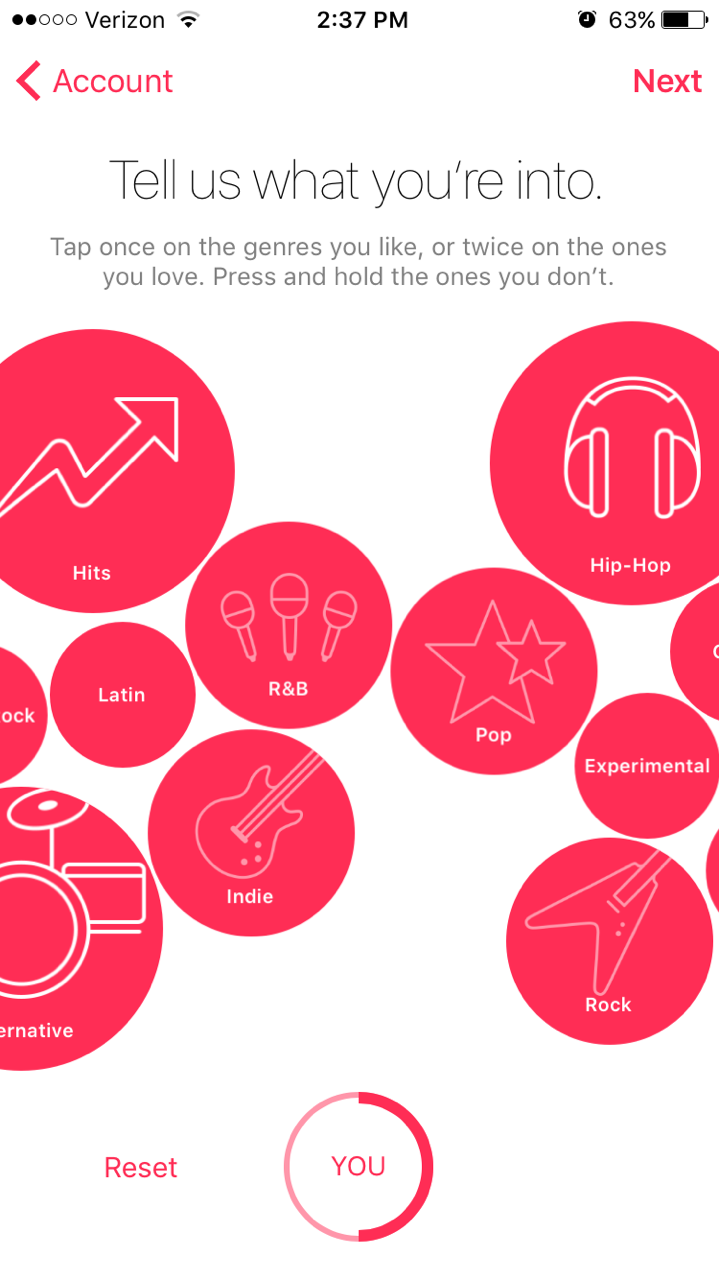A Match Made in Heaven: Getting Users to Love Your App
Valentine’s Day is around the corner and it’s got us thinking about how apps can make lasting connections with their users. There’s a wealth of general tactics and strategies to be learned from different industries or verticals that can used to drive closer mobile engagement, including dating apps. Apps like Match.com, eHarmony, OKCupid — and, dare we say, Tinder — are extremely popular amongst singles looking to find “the one,” with 33 percent of singles having met their last first date through online dating. In contrast, only 26 percent met through friends.
So why do dating apps captivate and engage their users so well? Just good mobile app strategy? That, and simply put, many of the top apps follow key tenets of a successful relationship — listen and learn, keep things fresh and respect each other. And while other brands can’t offer users the potential for intimacy or an antidote to dying alone, they can learn from the success of dating apps when it comes to engaging users.
Listen to What Users Have to Say
Many dating apps ask users a series of questions to better understand their interests and serve up more relevant potential suitors. Do you lean toward a more the bookish type, or an outdoor adventurer? Is age a critical factor for you? Are you locked in by proximity? The responses help dating apps curate better potential matches for their users and, ultimately, better mobile app retention.
Other industries can get to know their users by using a preference center and tagging specific actions or behaviors to serve up better content. For example, a retailer could implement a preference center to identify what department a user plans to shop the most (i.e. women’s, men’s or children’s clothes) and utilizing that preference in future visits or in-app messages. A media company could tag their stories to discover what types of news topics resonate based on what type of story they click most — entertainment, media or politics — and lead with those. Travel or hospitality apps could ask users whether they travel primarily for business or leisure and adjust their content to culture or convenience. Listening to your users in order to get to know them is key to your app’s long-term retention goals.
Relationships can’t be one-sided — being thoughtful and finding ways to surprise and delight are both key to keeping your partner engaged. Apps can serve up personalized content based on each user, and even house this information in a message center, so a user can refer back to it anytime they wish. For example, a retailer could share a certain brand’s newest lookbook with a shopper whose purchase history indicates an affinity for that label via a message center. Or, a music app could share a link to listen to the latest Justin Bieber track with a select group of its audience (Beliebers). A hotel chain could share an exclusive deal with its gold level guests. Each of these use cases provide the user with something that’s relevant to their interests and shows the brand is focused on sharing content the user will likely enjoy, and can refer back to since message center content is persistent.
Gamify the App Experience
Just like keeping things lively keeps a relationship fresh, gamification can help keep users coming back for more — and help make your app a user habit. Apps such as Tinder gamify the dating experience by providing an enormous pool of potential matches and letting the user self-curate based on age and proximity limitations. Other types of apps offer bonuses or incentives to sign-up or register for an account, like 20 percent off your first order (which helps move users towards conversion).
For example, a fashion retailer’s app could use a “would you wear it?” game that showcases the latest apparel and gives users an easy, fun way to browse items and lets the brand better identify products that fit their style. Many media apps now make the experience of selecting genres/types of music or content more interactive by tapping/popping bubbles to serve up selected artists (see below) — these ideas can be adopted and used in just about any type of app.

Always Respect Personal Space
A surefire way to ruin an app’s first impression is by immediately presenting the user with a request to get too close — to send push notifications or opt-in to location sharing — without demonstrating the value. Give users time to experience your app and get set up before sending requests, or explain how these features will benefit their overall app experience (i.e. “We use your location to show you matches near you!”).
No matter how curated your content is, it’s important to remember that your users choose to have your app on their phones, and that phones are our most personal devices. Brands can create lasting relationships and make sure their app lasts on users’ devices by keeping their app strategy user-centric. To learn more about how dating apps have successfully made their apps a user habit (and how brands can learn from them), check out our Game of Love whitepaper.
Subscribe for updates
If the form doesn't render correctly, kindly disable the ad blocker on your browser and refresh the page.